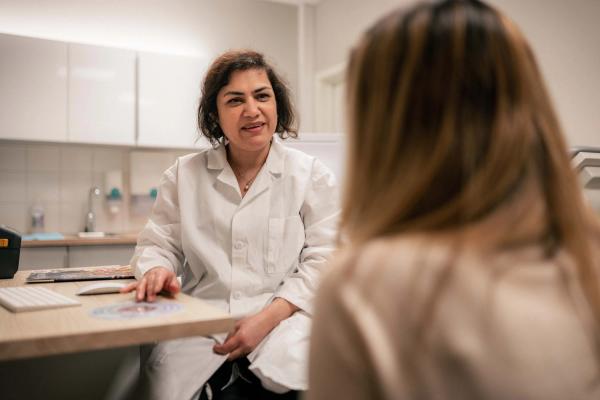Endometriosis
Symptoms, causes, treatment and research
Endometriosis is a chronic disease that affects as many as 10% of women. Dr.Dropin want to increase knowledge amongst women and healthcare professionals so that more people can get help with the symptoms as early as possible.
In patients with endometriosis, tissue similar to the lining of the uterus (endometrium) grows outside the uterine cavity. It can grow in one or more other places in the body and the most common places to find the tissue are in the fallopian tubes, ovaries, peritoneum, intestines, bladder and vagina. Adenomyosis is another condition in which endometrium grows into the uterus's muscle wall. This article focuses on endometriosis.
Book appointment
